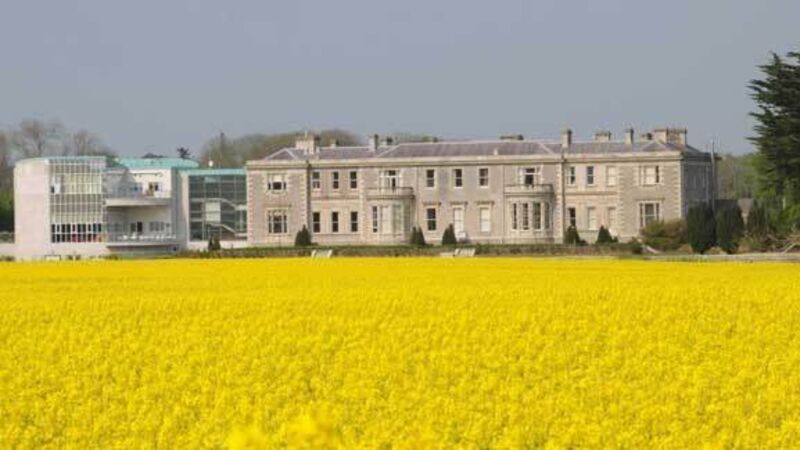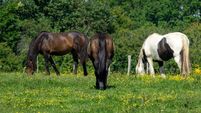Precision farming brings 2cm accuracy in 10,000 trial plots at Teagasc Oak Park

These field trials are a labour intensive and time critical part of research work on crops which include cereals, oilseeds, protein crops, bioenergy crops, beet, and potatoes.
However, Teagasc has now put in place a GPS-based positioning solution to make the crop research trials at Oak Park more efficient.













